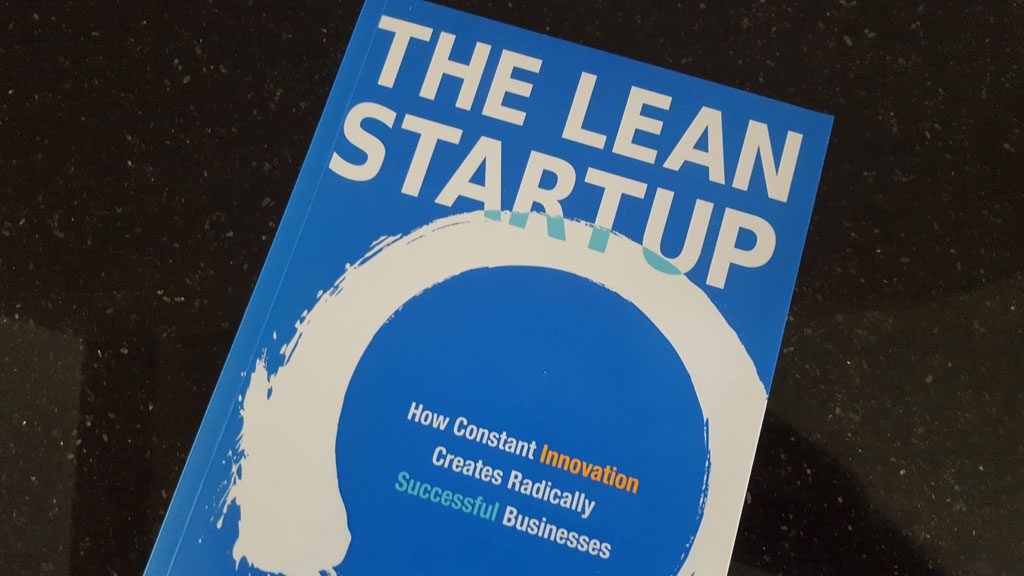I’ve finally got around to reading ‘The Lean Startup’ by Eric Reis. It’s one of those books that has come across my radar from time to time, and I ended up buying it after an impromptu book buying visit to my nearby book shop.
I can’t say I found it the easiest book to read – not least because many of the examples used felt a long way away from working in a campaigning team at a large charity.
But the principle at the heart of the book – about how to quickly build companies or test products in times of uncertainty, which has led to the creation of the ‘‘lean startup’ movement feels like it has crossover to the world of campaigning.
So the book got me thinking about the way I’ve approached creating a campaign strategy, and if a ‘lean’ approach could offer some clues to doing that differently. Here are some takeaways from the book;
- Test assumptions – identify the elements of your plans that are based on assumptions rather than facts, and set out ways to test them. That could be through polling, talking to others with experience of the issue your working on, canvassing perspectives, looking at previous patterns, putting out a minimum viable. Don’t build your strategy on your untested assumptions.
- But sometimes be prepared to take ‘leaps of faith’ – not all assumptions can be tested, sometimes you need to be prepared to take a jump into the unknown based on your assumptions. When you do that, be clear that’s what you’re doing.
- Genchi Gembusu – Go and see for yourself – as your developing your strategy or plan, don’t just do it in the conference room of your office. Get out and about to go and see firsthand the problem that you’re working on. Visit supporters, spending time understanding your opponents. Don’t rely on others to tell you, create time to see it and understand it first hand.
- Perform a smoke test – this is apparently a ‘classic marketing technique’ where you ask supporters to preorder a product. How many times do campaigns come up with great ideas in a brainstorm, develop them and launch them to the public without any sense of if there is demand for them?
- Focus on validated learning – avoid after-the-fact rationalisation – the stories we often tell ourselves about why an approach worked or didn’t work, but focus on proving with evidence of which elements of our strategies are/aren’t working.
- Avoid vanity metrics – don’t just record the number of people involved in your campaign, unless that’s telling you something about the cause-effect of your campaign. Vanity metrics are too easy for everyone to claim they’ve contributed to. The subject of the danger of vanity metrics is a topic covered brilliantly in this Mobilisation Lab report.
- Ensure you meet the 3 As of Metrics – they should be;
- Actionable – to demonstrate the cause and effect of your activity so people can clearly learn from their actions.
- Accessible – ensure your reports are simple enough for everyone working on your campaign to understand them.
- Auditable – ensure that the data is credible to the team working on your campaign. That everyone can accept how the metrics are derived.
- A/B test as much as you can – Campaigners have grown accustomed to using A/B testing in emails and digital campaigning, but Ries suggests that should apply to as much of your product (campaign) development as possible. Use the information to tell you what’s working.
- If you’re going for growth, understand where your growth is coming from – there are 4 drivers of product growth, being clear which is helping to drive any growth in your campaigning approach can be helpful in developing your plans.
- Word of Mouth – because your campaigners are telling others about your campaign. It’s going ‘viral’
- Funded advertising – by paying to acquire new campaigners.
- Through repeat purchase – you’re retaining loyalty and getting the same campaigners to return
- A side effect of product usage – harder to see how this applies to campaigning, but for example when you send money to someone on PayPal they have to start using PayPal as well.
- Get everyone in the room to understand the root cause – Reis advocates using ‘5 Whys’ to get to the root cause of a problem. I think you could expand that out too when something in a strategy isn’t working, he also suggests it’s important to ensure everyone involved is in the room.
- Move from ‘waterfall’ development to small batches – many developers are moving from a waterfall approach where everything is released in a single go, to small batches where updates and new products are released continually. Could the same approach work for campaign strategy – rather than focusing on a long strategy process that can take months before being released/launched, developing and iterating it in small batches going forward adapting to what’s changing.
- Appreciate, then challenge ‘organisational muscle memory’ – the hardest barrier to moving to a more lean approach is the muscle memory which makes it hard to unlearn old habits. Recognising these and challenging them is key to changing. Sound familiar? The concept of organisational muscle memory got me thinking about many campaigning organisations that fall into the approach of trying the same thing over and over again because ‘that’s what we always do’.
